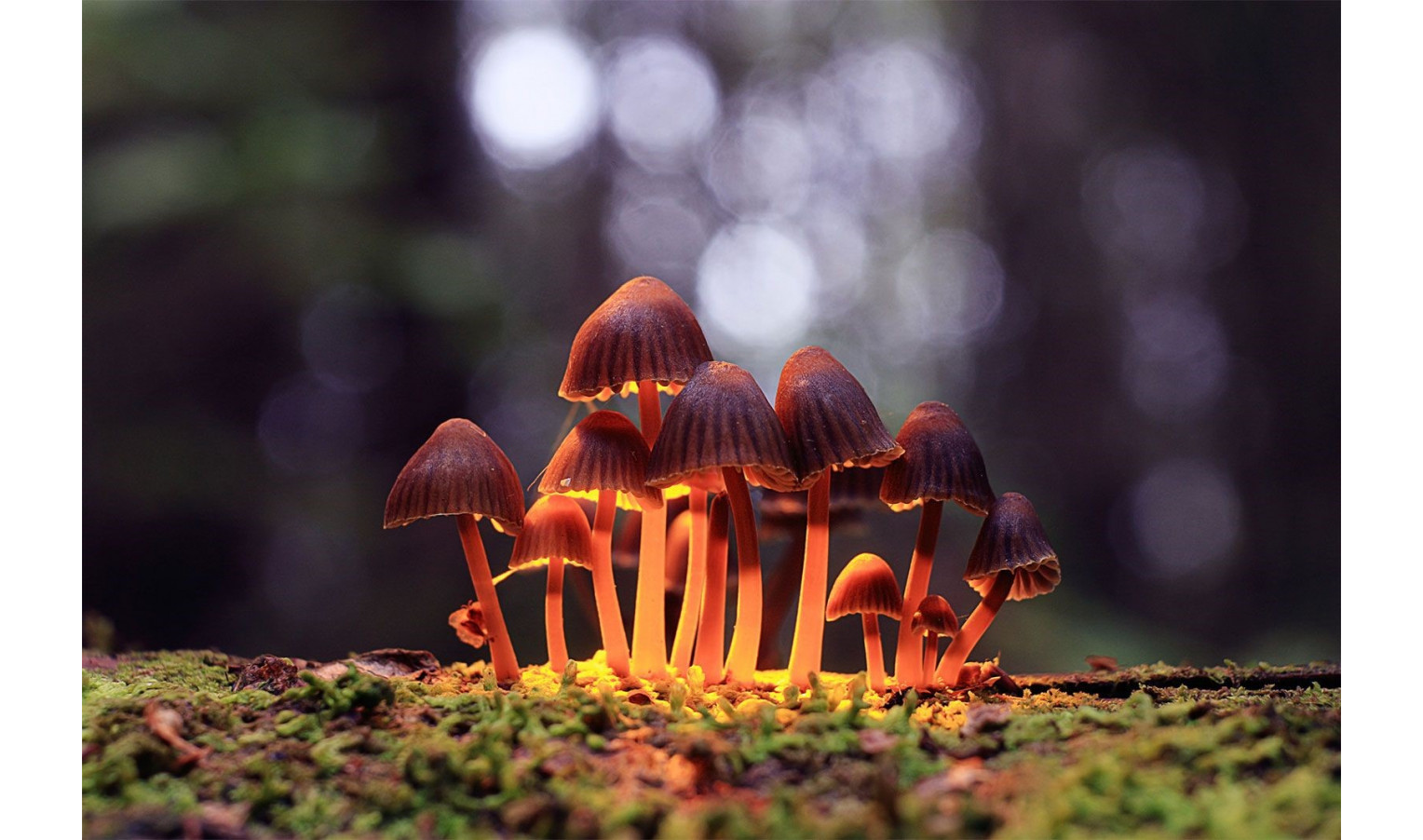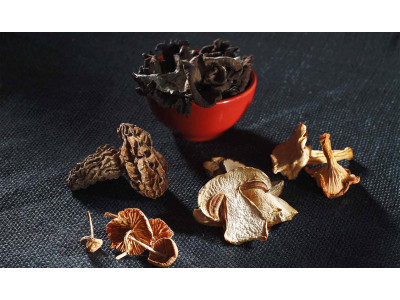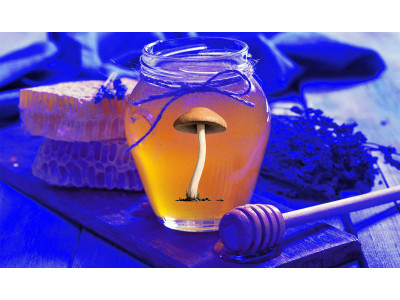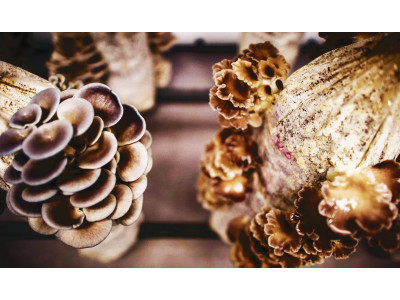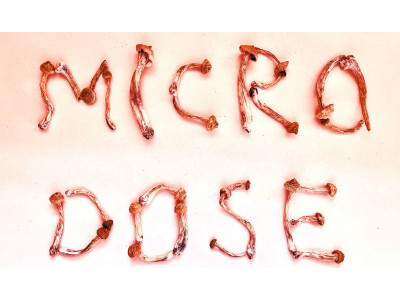Growing psilocybin mushrooms is a fascinating endeavor that requires precision and attention to detail. One of the key components of this process is the preparation of a suitable substrate. In this article, we will provide a detailed guide to preparing substrates for psilocybin mushroom cultivation.
Introduction
All living organisms, from the smallest to the greatest, in nature compete with each other for access to resources. All around us is a vast sea of air, with countless living things and microscopic spores swimming in its currents. Their primary goal is to discover the resources they need to reproduce and survive.
Among this ocean of life flourishes a variety of organisms, some of which pose a threat to the success of the mushroom grower. However, among them are also found those that are conversely helpful in our endeavor. Thermophilic bacteria are an example of such organisms. The name itself indicates that these bacteria prefer elevated temperatures.
Why do we need to pasteurize the substrate?
Any environment rich in nutrients becomes an object of competition among microorganisms. No place is left untouched. Simple carbohydrates become a prime target for assimilation. The more of such carbohydrates a substrate contains, the more vulnerable it becomes to the action of bacteria. Therefore, starch-rich grains are usually sterilized and isolated from all kinds of bacteria. However, when it comes to substrates with a lower content of simple carbohydrates, their processing strategy changes. The main goal of pasteurization is to create special conditions for the development of certain types of bacteria that are able to efficiently utilize the available simple carbohydrates. This allows them to keep them away from competitors. Thus, these bacteria temporarily protect the substrate and allow fungi to repopulate it.
When performing pasteurization, it is important to consider not only the temperature regime, but also the duration the substrate is held at that temperature. Understanding the relationship between the required duration and temperature is key to a successful result. In the home, the hydrothermal pasteurization method is often used, whereby the substrate is moistened in parallel with heating. This process promotes hydrolysis - the breakdown of substances in the substrate into simpler components.
Main types of pasteurization
Many pasteurization variants are available to master:
- Rigid pasteurization at 90-100°C. The purpose of hard pasteurization is to eradicate the active forms of various bacteria and their spores. However, the disadvantage of this method is that along with hostile spores, the spores of beneficial thermophilic bacteria are also destroyed. Thus, the substrate is subjected to partial sterilization. To preserve the spores of beneficial bacteria, it is recommended to minimize the duration of hard pasteurization, not exceeding 4 hours. This leaves the substrate vulnerable to a variety of microfauna.
- Moderate pasteurization at 70-80°C This method requires a longer time of 6 to 12 hours. It does not partially sterilize the substrate, but the level of protection from microfauna is also limited. When using hard and moderate pasteurization, there is a risk of contaminating the substrate with unwanted microflora. Therefore, it is essential to keep the process as clean as possible when working with these methods.
- Mild pasteurization at 60-65°C Mild pasteurization is the most reliable way to protect the substrate. It should be carried out for at least 16 hours. After this pasteurization, the substrate is highly protected. In industrial mushroom farming, this method is usually supplemented by fermentation at 45-55°C to allow the growth of thermophilic bacterial populations. When working with soft pasteurized substrate, the purity level of the process can be kept at a high level. All of these pasteurization methods have their advantages and are applicable to different substrates and purposes. "But how so?" - you may be asking. After all, the pasteurization timeframes mentioned are much longer than those commonly used by people at home. Why such a difference? Substrate volumes, cooling times, and estimated time for mycelium to settle in play an important role here. Industrial mushroom growers have to use long periods of mild pasteurization, especially with large substrate volumes, in order to maintain a high level of purity in the process.
Pasteurization of coconut fiber
Coconut substrate is one of the most popular substrates. Consequently, we will take a detailed look at the pasteurization of coconut as an example.
Before we look at why hard pasteurization of coconut fiber is so effective, we would like to emphasize an important point. To illustrate, let's take, for example, the pasteurization of hay in the kitchen. This operation will require a large pot. At the bottom of the pot a stand is placed, on top of which a pillowcase filled with hay is placed. Hot water is then poured into the pot and the gas is turned on. A thermometer is placed in the center of the pillowcase to monitor the temperature of the substrate. According to the hay pasteurization instructions, the substrate temperature should be maintained between 60-65°C and not exceed 70°C. However, it can clearly be seen that the bottom layer of the substrate will be hotter than the top layer because the heating occurs from below. Such pasteurization lasts from 1.5 to 3 hours. Nevertheless, this method brings results. The point is that the most important temperature is the temperature of the "core" of the substrate, that is, the average temperature. Even if the bottom layer reaches 85°C, but the "core" temperature fluctuates around 65-70°C, the procedure will be successful. Often the principle of step pasteurization is used in pasteurizing the substrate. The substrate is first pasteurized for 45 minutes at 70°C, followed by 45 minutes at 60-65°C. The gas is then turned off and the pot is tightly covered with a lid for natural cooling. This sequence promotes a gradual decrease in temperature over several hours. At the same time, additional fermentation takes place.
Let us now break down the process that takes place during the hard pasteurization of coconut fiber. Water is known to boil under normal conditions at 100°C. If you let it cool down for some time, the temperature will drop a little below this mark. When the dry substrate (coconut/vermiculite/additives) is poured into the water, the water is further cooled. As a result, the substrate will absorb the water itself, and the top will have a higher temperature than the bottom. In addition, the pieces of coconut fiber are quite large, and the temperature will be slightly lower inside them until the water penetrates into their middle via capillary pathways. While the substrate continues to cool slowly, the process of step pasteurization unfolds without a rigid time frame. If the container with the substrate is wrapped in a blanket, the time taken for each pasteurization step increases. The right amount of hot water added during pouring avoids overheating of the substrate and excessive moistening. As you can see, this method combines all three modes of pasteurization and fermentation (if the substrate is left in a blanket to cool completely).
It is for this reason that it is extremely important to keep the process clean when inoculating such a substrate. However, since the hard and moderate pasteurization steps are relatively rapid, the degree of cleanliness can be relative. Any basic substrate that has gone through the rigid and moderate pasteurization steps is itself vulnerable. Therefore, an essential success factor in its use is its rapid colonization by mycelium. As the jars of grain become overgrown with mycelium, it is recommended that the jars be shaken periodically. This is done in order to break up the pieces of grain on which the mycelium has already managed to seize, and to evenly distribute these "fouled" grains throughout the jar. This creates more points for inoculation and greatly reduces the time required to colonize the jar of grain.
When using a substrate that has been subjected to severe to moderate pasteurization, conditions should be created for the fastest possible colonization by mycelium. This can be achieved in the following ways:
- Use of larger quantities of mother mycelium
- Use of smaller grains for the mother mycelium (the number of inoculation points for the same volume of grains can increase by 4 times or even more)
- Thorough mixing of the substrate with the grain. During the mixing process, the grain will lose small pieces of mycelium, which will also become inoculation points;
- Maintaining optimal substrate temperature and humidity for optimal mycelial growth;

